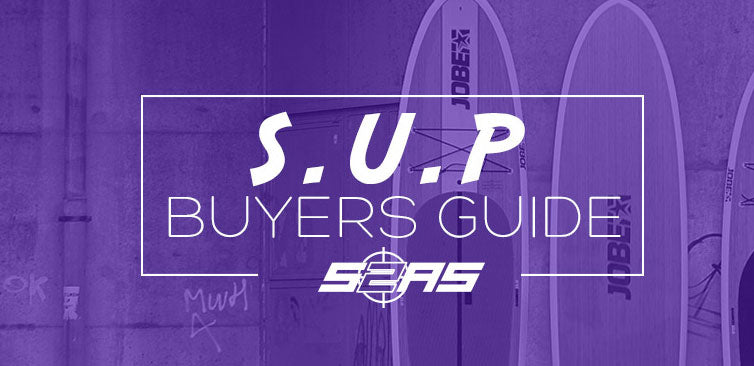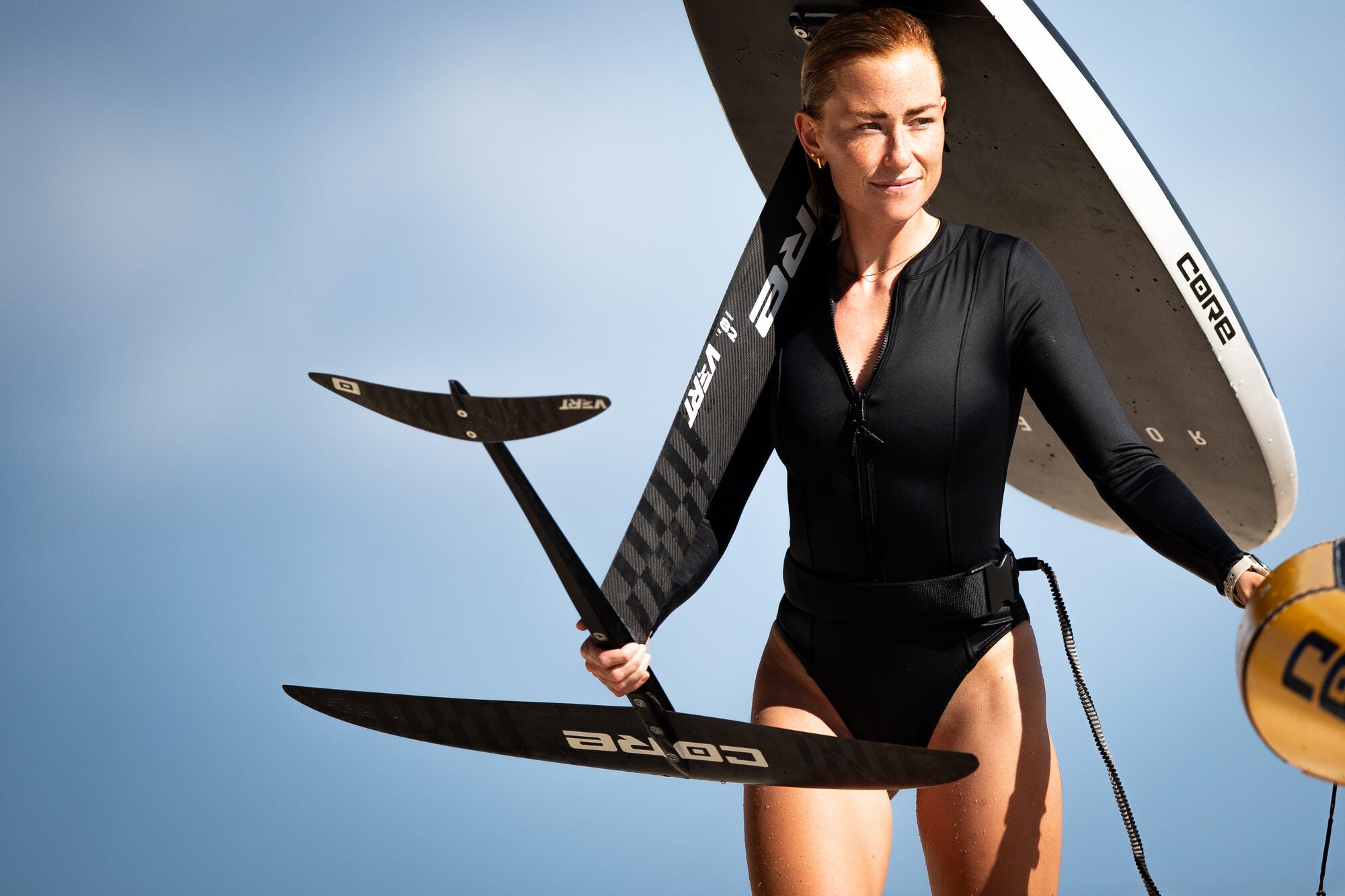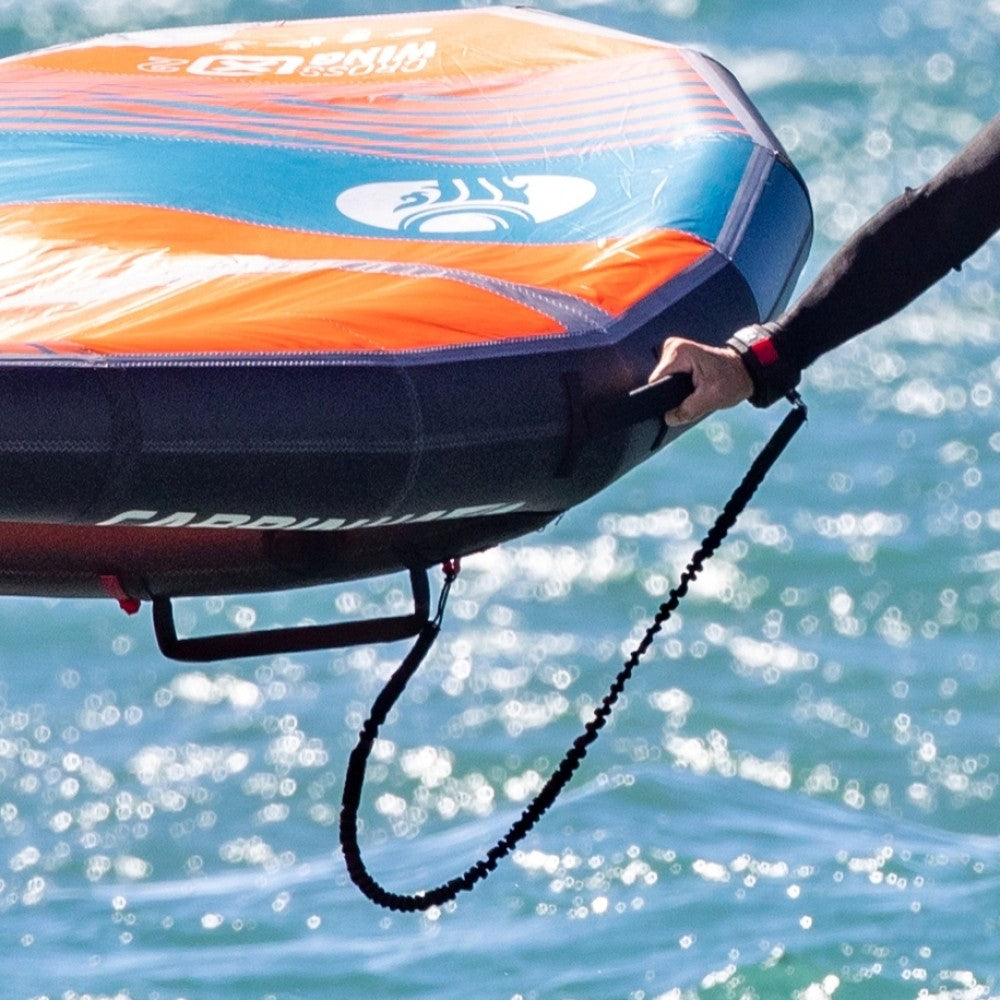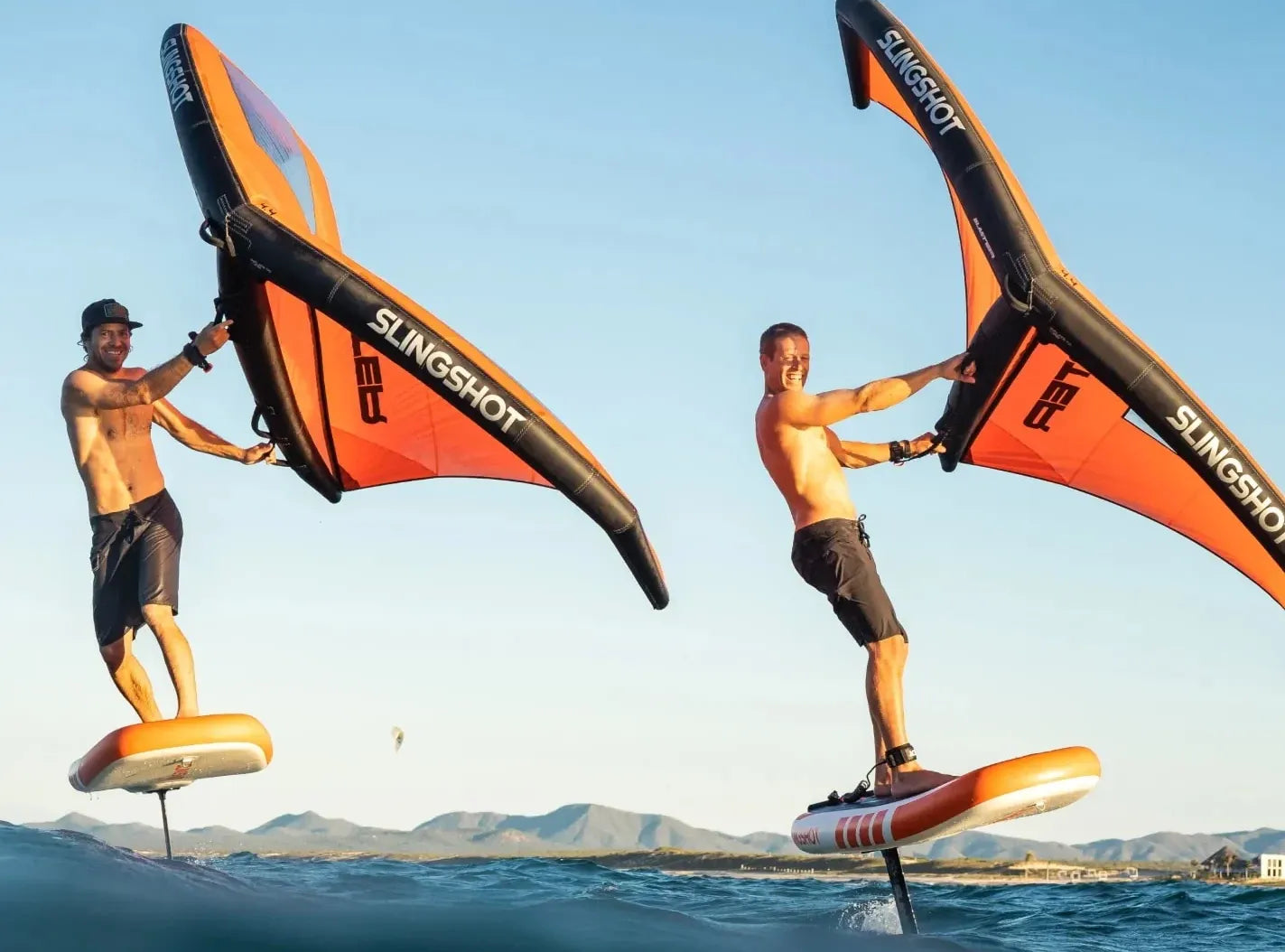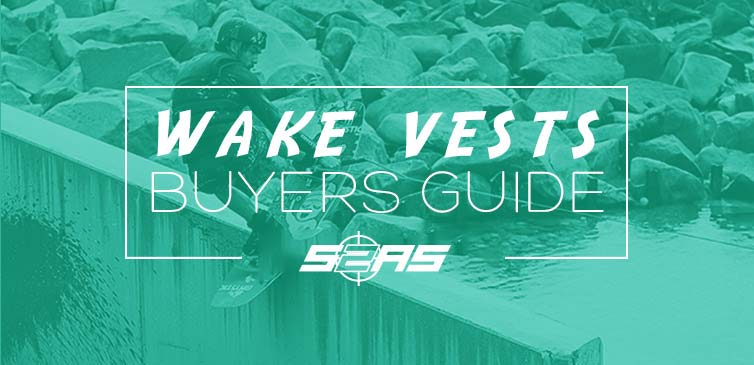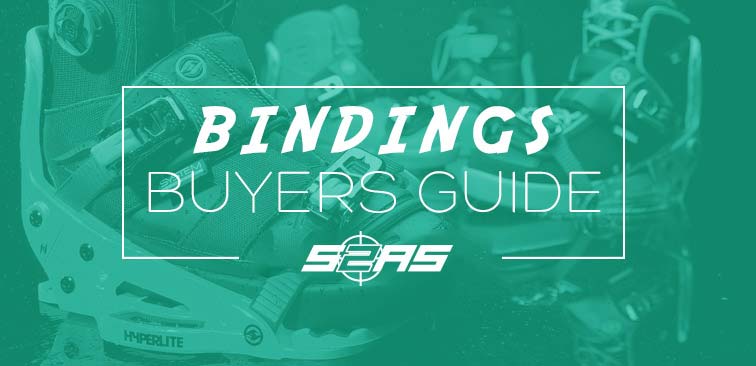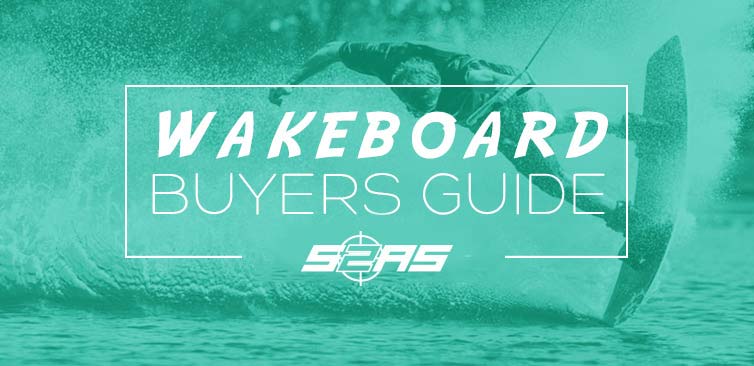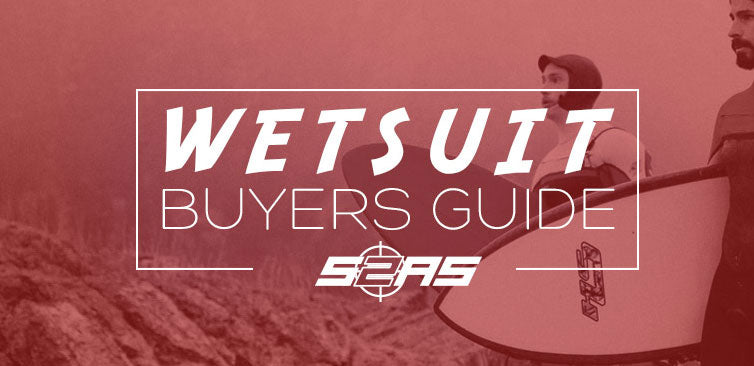
Jobe SUP's | O'Brien SUP's | Slingshot SUP's | Spinera SUP's
Stand up paddleboarding (SUP) is fast becoming one of the most popular watersports in the world, and with good reason too! It's bucket loads of fun and anyone can learn it in a matter of hours, regardless of your size, weight or age. However, buying a board can be a daunting process.
When buying your first SUP, there are a few main factors to consider. These are as follows:
Your lifestyle
What you plan to use the board for
Your budget
If you are unsure of any of these factors, do not fear! We are here to guide you through all of them step by step, to help you to get the most out of your SUP.
When looking for the perfect SUP for yourself, it's important to know the different kinds of boards that are on the market, their different attributes and what they can do for you.
Its important to remember that some types of boards can and will crossover into other disciplines (touring/racing and all-round/surf) However, below you will find the most common shapes and styles on the market.
- Perfect for the beginner or first-time rider.
- Will work in pretty much any conditions.
- Buoyant and easy to ride.
- Family friendly.
- The most commonly used shape worldwide.
- Perfect for the intermediate to advanced paddleboarder.
- For those people who want a little more response from their paddleboard.
- Less buoyant/stable (easier to fall off)
- Far more maneuverable in the surf.
- Shaped like an oversized surfboard.
- Ideal for the higher level paddleboarder, interested in travelling long distances or partaking in high intensity workouts.
- Perfect for flat water (lakes, rivers or bays)
- The more slipstreamed design helps the board to glide through the water with ease.
- Still wide enough for beginners to ride, but the lower amount of volume may affect the heavier rider.
- Designed specifically for races, downwind paddles and or open water competitions.
- Extra length and width provides the rider with faster sprint speed and better glide ability.
- Can be very challenging for beginners, but are perfect for high/elite level riders alike.

One of the frequently asked questions when people by SUP. The answer to this question is based mainly on your weight and your riding experience. You have to think of your perfect board in terms of volume. The longer, wider and thicker your board, the more volume it will have. The more volume your board has, the more stable it's going to be on the water
Beginners ideally want a board with more volume, simply because it is going to be easier to ride. As your skill set improves over time, you can begin to downsize your board to give yourself more maneuverability, speed, glide etc.
- When considering performance, epoxy boards surpass inflatables simply due to their more solid build.
- For a beginner inflatables are ideal because firstly they are cheaper and secondly will work in any conditions.
- If you're a serious SUP paddler looking for a board with increased maneuverability, glide and speed, then an epoxy board is probably best for you.
- Inflatable SUPs are ideal for the type of paddler that has little storage space at home, as they pack down into a bag the size of a small suitcase.
- Epoxy boards on the other hand can be a little harder to store, as they don't pack down to a smaller size, therefore you will require the space to store a 9ft board.
- When it comes to transportation, inflatable SUP's are ideal for the paddler who wants to drive to their local spots but doesn't have the space in their vehicle. Also, you'll be able to go wherever with your board, regardless of its size.
- Epoxy boards are a lot harder to move around, and the owner will be required to have some form of straps or racks on their car to be able to move the boards around.

When you're using your SUP on a regular basis, it's important that you look after and maintain it, to ensure that you can keep riding and paddling your board long into the future. Here are a few simple tips to help you keep your board floating!
- If you decide to buy an epoxy paddleboard, its important to remember that you're probably going to need a board bag. Board bags are a vital member in keeping your board safe during transportation and storage.
- Whether you buy an inflatable or epoxy SUP, it's vital that you remember to store your board out of direct sunlight as this can damage the materials used in the construction of the board.
- After use in salt water, its imperative that you rinse your equipment with fresh water, as the salt water can erode some materials used on SUP's.
- If you are to damage your board, ensure that you repair it professionally. One bodge job repair can mean no more SUP'ing for you pal.

As you can see, there are many factors to take into consideration when buying an SUP. The more you research, the easier it will be for you to make your decision, and the likelihood of you ending up with something that you're truly happy with will be far higher. Have a look at our fantastic selection of stand up paddleboards at: Sup

